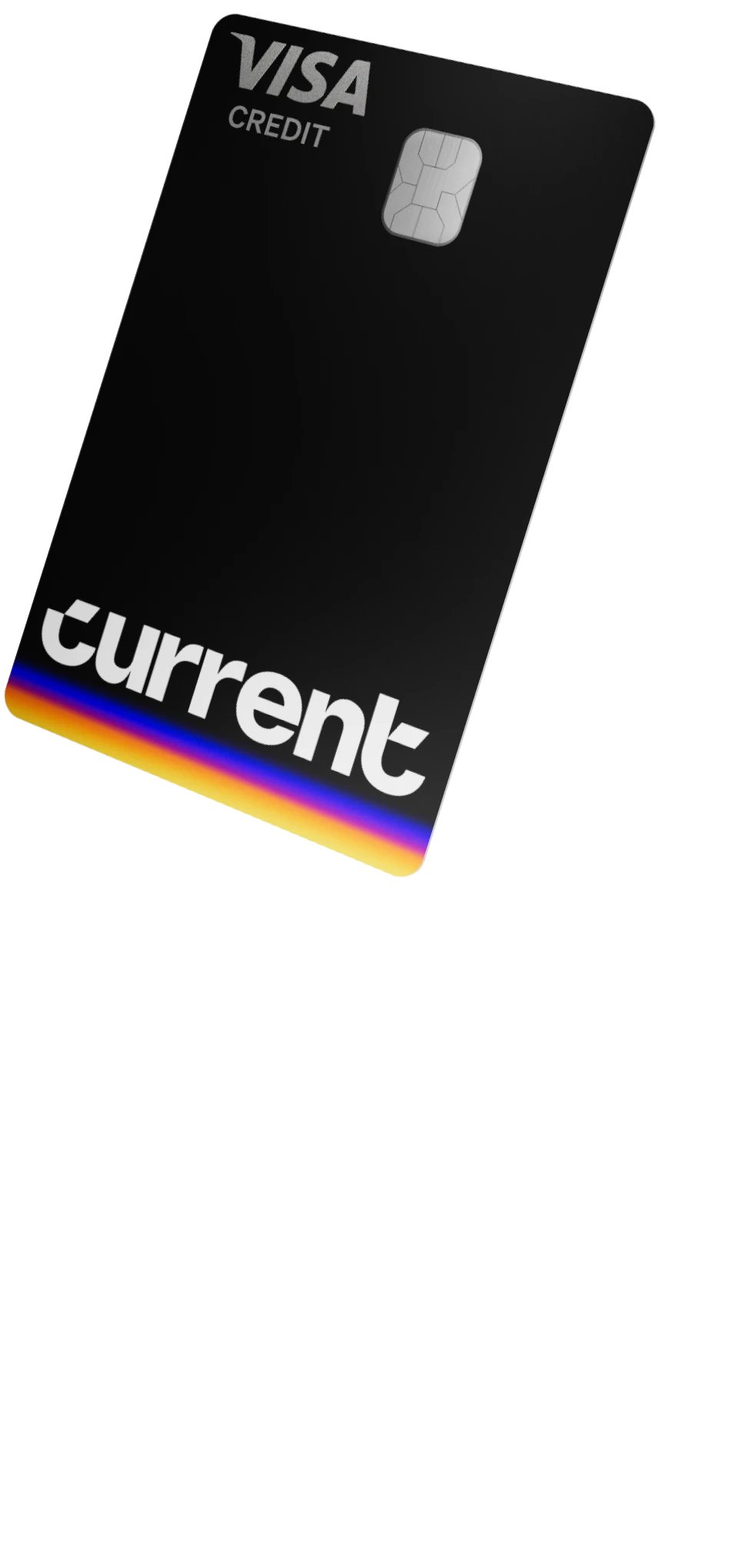High interest rates benefit savers - if they know where to look

Pop quiz: Do you know how hard your money is working for you?
It’s very possible you don’t -- at least in the case of the interest rate on your savings account.
Consider that in an era when many higher-yielding savings products are offering around 4% on your cash, the industry average for savings accounts is actually significantly lower – .59%, according to the latest figures from financial information site Bankrate.^
And when it comes to some of the biggest banks in the country, the difference is even more shocking: Often a miniscule .01%.^^
That means savers could very well be leaving money on the table.
But they might not even know it. According to one recent survey from Santander, 40% of respondents weren’t even aware of the current interest rate on their savings.*
“People don’t put a lot of time or effort into tracking their savings interest rate,” says Ted Rossman, senior industry analyst at Bankrate. “But you have to know where you stand, to figure out where to go next.
“This is basically free money. And especially if your money is parked at one of the big banks, you’re probably getting next to nothing.”
Big banks may not feel the need to offer juicy interest rates, because they have other factors in their favor like name recognition, or having physical branches around the country, says Rossman. But as a result, savers are probably not maximizing the cash they have been able to put away.
As an example, American households have a median cash balance of $10,000 across different accounts, according to Census data.** At a 4% rate, that money is earning you $400 a year. At the average of .59%, you’re looking at a measly $59.
A basic starting point for savers is to shop around. You are not restricted to whatever your primary bank happens to be offering. And in recent years, with the growth of online banks and fintech companies like Current, you have more options than ever before. Bankrate, for instance, publishes a regular roundup of the highest savings rates available.
“Many of us don’t even realize that by leaving our savings in our traditional savings accounts and not moving those assets, we are leaving money on the table,” says Bobbi Rebell, a personal finance expert at CardRates.com and author of the book “Launching Financial Grownups”.
“In some cases you can more than quadruple your returns just by moving from a savings account that may pay less than one percent, to one that pays more than 4 percent based on today’s rates.”
Another key point: Opening a savings account at one institution, doesn’t mean you have to abandon your existing one. In the Santander survey, 58% of people didn’t even realize it was possible to do so.
It’s also important to note that savings accounts typically offer easy liquidity – as opposed to some Certificates of Deposit, for instance, which lock in money for a certain period of time (and charge penalties for early withdrawal). Other features you want to look for include no minimum balances, and no account fees.
Increasingly, higher savings options are offered through fintech companies such as Current, which is offering up to a 4.00% annual bonus on its Savings Pods, more than six times the national average of .59 percent.
Of course, historically high interest rates won’t last forever. Looking ahead, the general expectation is for the Federal Reserve to cut rates from their current lofty levels, potentially two quarter-point cuts by the end of 2025.***
As such, it would be wise for savers to take advantage of yields that are near the highest they have been in years. Especially to mitigate the effects of inflation and tariff-related price hikes, which have certainly taken a bite out of pocketbooks.
Interestingly, even though higher rates on savings are available, only 22% of savers report getting 4% or more on their cash, according to a Bankrate survey from last spring (when rates were at comparable levels^^^). Meanwhile 17% were earning less than 1%, and another 17% were earning nothing at all.
As a result, it’s puzzling why more savers aren’t taking advantage.
“This is a teachable moment,” says Bankrate’s Rossman. “This is your sleep-at-night money, and it only takes a few minutes to open one of these accounts.”
Current is a financial technology company, not an FDIC-insured bank. Banking services provided by Choice Financial Group, Member FDIC and/or Cross River Bank, Member FDIC. The Current Visa® Debit Card, which may be issued by Choice Financial Group and/or Cross River Bank, is pursuant to a license from Visa U.S.A. Inc. and may be used everywhere Visa debit cards are accepted.
Boost Bonuses are credited to your Savings Pods within 48 hours of enabling the Boost feature and on a daily basis thereafter, provided that the Savings Pod has accrued a Boost Bonus of at least $0.01. No minimum balance required. The Boost rate on Savings Pods is variable and may change at any time. The disclosed rate is effective as of August 1, 2023. Must have $0.01 in Savings Pods to earn a Boost rate of either 0.25% or 4.00% annually on the portion of balances up to $2000 per Savings Pod, up to $6000 total. The remaining balance earns 0.00%. To earn a Boost rate of 4.00% with at least one Eligible Payroll Deposit equalling a minimum of $200. For more information, please refer to Current Boost Terms and Conditions.
^ https://www.bankrate.com/banking/savings/average-savings-interest-rates/
^^ https://www.nytimes.com/2025/02/02/upshot/capital-one-savings-interest.html
*https://www.santanderus.com/news_press_article/misperceptions-preventing-americans-from-earning-more-on-their-money-ahead-of-holiday-season-santander-survey-finds/
** https://www.census.gov/content/dam/Census/library/publications/2023/demo/p70br-183.pdf (table 2, “assets at financial institutions”)
***https://www.reuters.com/markets/rates-bonds/fed-policymakers-project-two-rate-cuts-this-year-some-see-fewer-2025-03-19.
^^^ https://www.bankrate.com/banking/savers-still-earning-less-than-4-percent/





